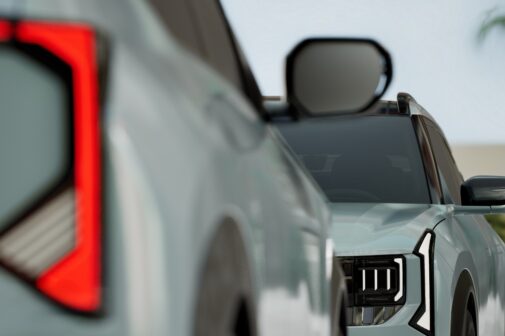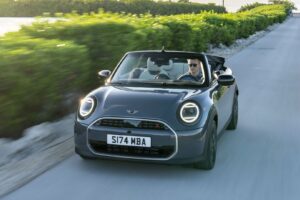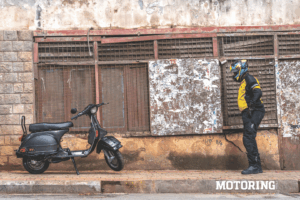Renault India’s market share might not have grown primarily because of the Duster, but as a product, it was a fine example of focus and frugality. The Duster, even in the lesser, non-AWD versions, made a point: that you don’t need to speed huge bucks to enjoy a good ride and handling package (for an SUV, that is). You look at it in the markets like the UK, and it takes the ease of buying to the next level. But what happened yesterday was nothing but a disappointment, as Global NCAP published their safety assessment for the latest Renault Duster.
A full-fat zero on the non-airbag-equipped base version is understandable, given the Global NCAP’s rating system and the protection provided by air instead of an airbag. And that’s problem #1, that a car which costs more than a ‘middle-class’ man’s income comes with no airbags. But the issue wasn’t just that, actually. Since Renault asked them to test one with a driver airbag, the safety agency went on to oblige. Only to find that the airbag’s presence does little to protect the occupant (driver in this case).
And it’s sort of contradicting, too, given the Duster from the Latin market, with a driver airbag, managed to offer better protection, and thus, an overall three-star rating. The official text from Global NCAP, answers to this, mentioning that the optional airbag found on the base variant of Renault Duster in India is smaller in size. Because of which, in case of a collision, as can be seen in the crash test findings, the driver’s head doesn’t exactly hit the centre of the smaller airbag, but instead comes in contact with the steering wheel.
That certainly diminishes the point of having an airbag but before you jump to conclusions, it must be noted the safety provided by the airbag is rated ‘adequate’. So there’s not a lot to worry about, except for the chest where the protection is termed ‘weak’. The body structure of the Duster is also mentioned to be unstable, which means it might not be able to withstand any further load than this. Passenger protection, despite the lack of an airbag, is said to be good for the head but marginal for chest.
In short, the compact SUV isn’t the safest out there. But at the same time, it’s not the least safe, either. It’s somewhat similar to happened in case of Maruti Suzuki Celerio, Hyundai Grand i10, among other cars, which were safer (structure-wise) when tested in markets abroad, but they faltered when the Indian versions were subjected to crash-testing.
And that’s a disappointment, considering how cool a car the Duster otherwise is.


















